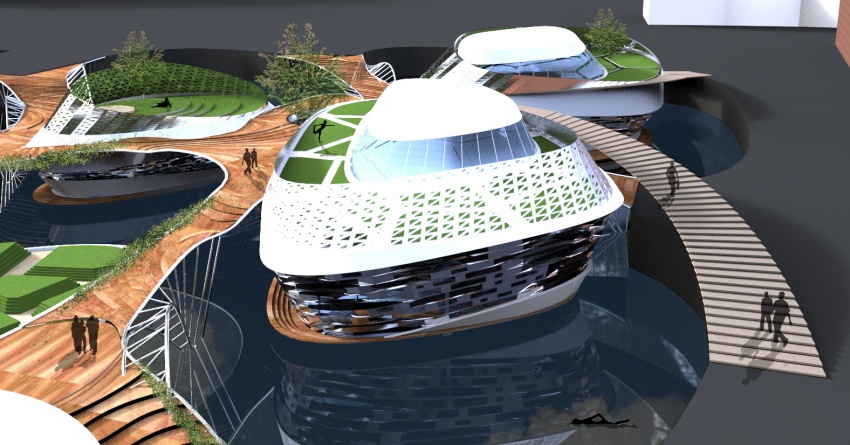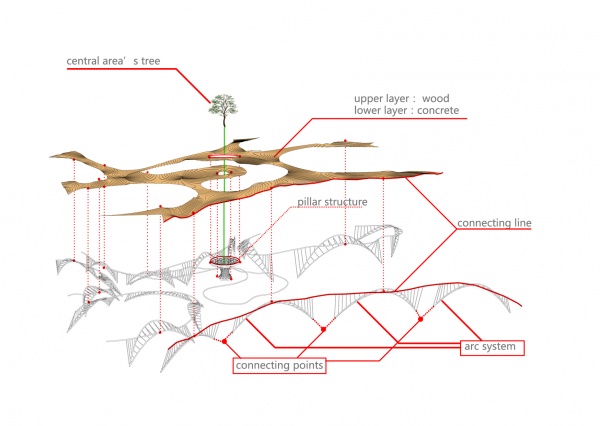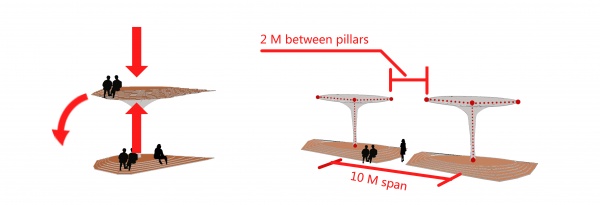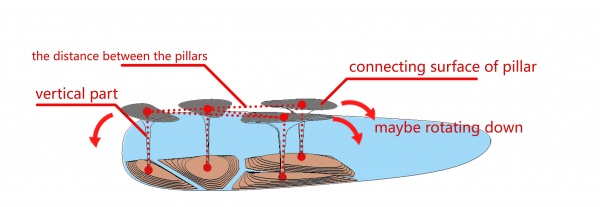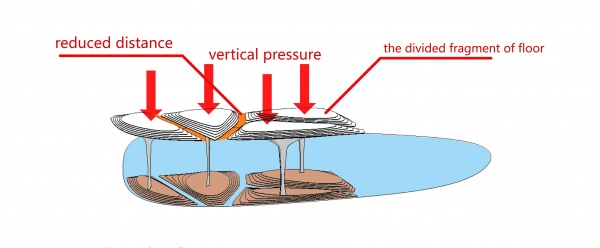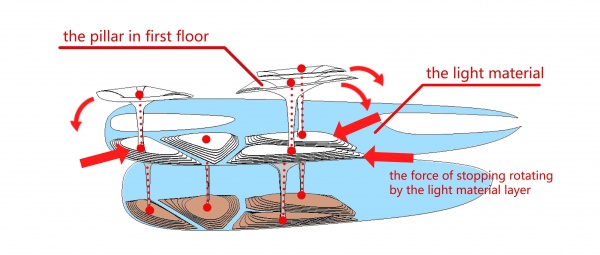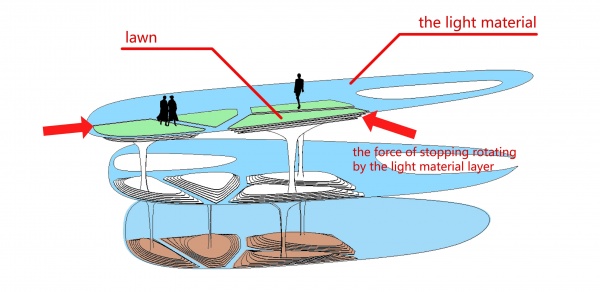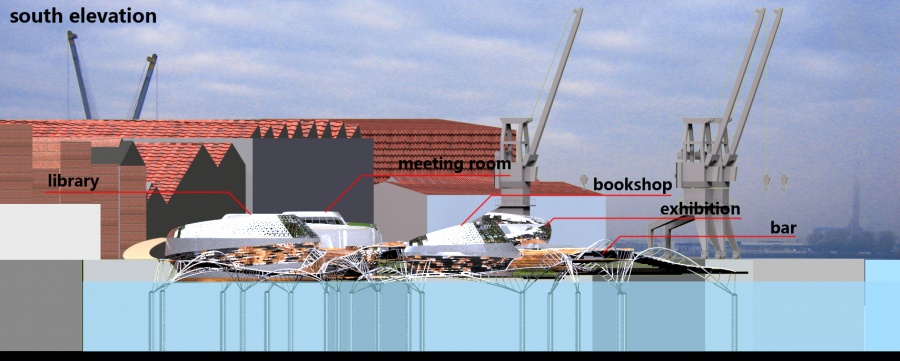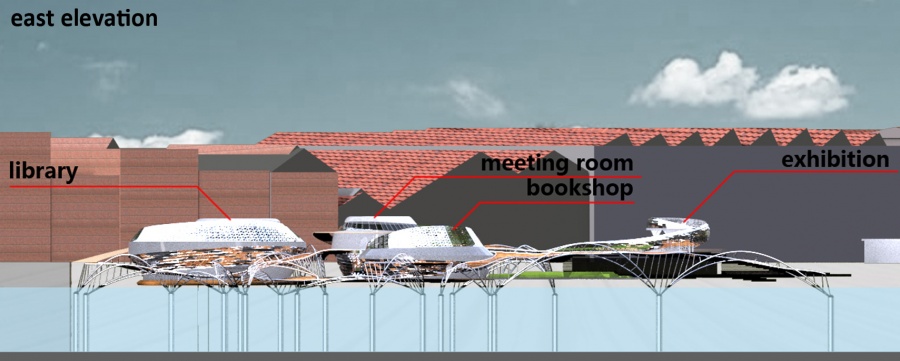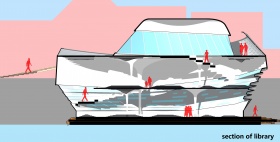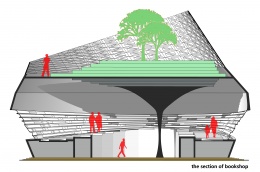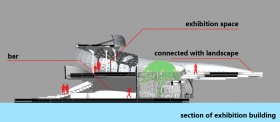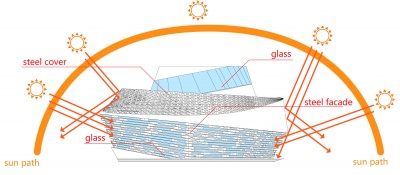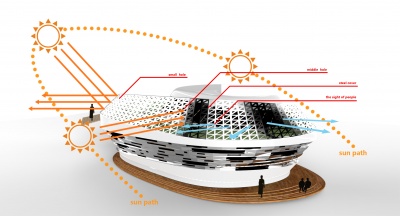project01:Performance
(→Structure) |
(→Structure) |
||
| Line 51: | Line 51: | ||
[[File:project01-collmn together-5.jpg|600px]] | [[File:project01-collmn together-5.jpg|600px]] | ||
[[File:project01-collmn together-6.jpg|600px]] | [[File:project01-collmn together-6.jpg|600px]] | ||
| − | |||
| − | |||
| − | |||
| − | |||
==Elevations== | ==Elevations== | ||
Revision as of 19:13, 17 January 2013
Performance
FUNCTION:
De Geleerde Netwerk offers a range of functions to all users of the development. The primary use being the central zone of the development which will house a bookshop, a reading room, and a library, all centred around design and fabrication publications. There will also be a bar and exhibition space adjacent to this to showcase the RDM students' works. These all provide a place to mingle and relax. The development is made up of a series of arms that connect the project to the RDM campus directly and also to the Market and the Knowledge Centre. The arms that provide these connections also offer flexible undetermined space for users. The High Line in New York has been the inspiration for these arms. They will be walkways, pathways, transition zones, that offer the users an alternate activity. The overall function of the arms is not over determined however, so that the informality and flexibility of the project remains key.
Contents |
Structure
Our project will use pillars to sustain the vertical pressure. These pillars are dismountable so they have the ability to be removed with ease if the ned arose in years to come. The landscaped decking is treated as an isolated structure, removed from each pavilion. This makes the system versatile, in that the landscaped decking can be dismantled or reconfigured without jeopardising the structural integrity of the pavilions.
The internal spaces created in the the library, bookshop, reading/meeting room and the bar / exhibition space have been designed around the sculptural columns. Each floor plate has been randomly split into elliptical fragments and built up with smaller layers. These layers create steps for people to sit and relax on, similar to the terracing created throughout the landscaping of this project. These terraces help to create a continuous dialogue between the internal and external spaces. The organic shape of the columns reflects the free forms evident throughout the project.
The forces acting within the system are vertical forces and rotation forces. As a result of layering the fragments, the rotating force (caused by the load of the fragment on top of the column) is minimized. The weight of the fragment is concentrated in the centre of each ellipse and the force are directed down the column. Each of the columns supports only the load from above. Each column is spaced 10m from its neighbouring column (which creates a 2m span at the top of the funnel shape) and is independent from columns surrounding it. As a result of the vertical forces, the project uses light materials to construct the layered fragments to ensure structural stability, and for strength and durability, the columns will be constructed from off form, reinforced concrete.
Elevations
Sections
Sustainable Technology
The building’s skin on the upper floors of the pavilions has been clad in perforated steel. The perforations are created from a number of individual triangles arranged in a horizontal pattern. Using ECOtect technology the sun’s path was mapped around the project’s pavilions. The skin of the building was designed taking into account the direction of the sun at particular times of the day. At midday, when the sun is at its highest point on the south side of the pavilion, the triangles are at their smallest, to prevent excessive solar heat gain. On the east and west sides of the building the triangles are at a medium to large shape, allowing a comfortable amount of morning and afternoon sun in. On the north side of the building, the triangles are at their largest, allowing as much light as possible to enter the internal spaces and providing views out onto the landscaped walkways and rest of the RDM site.
